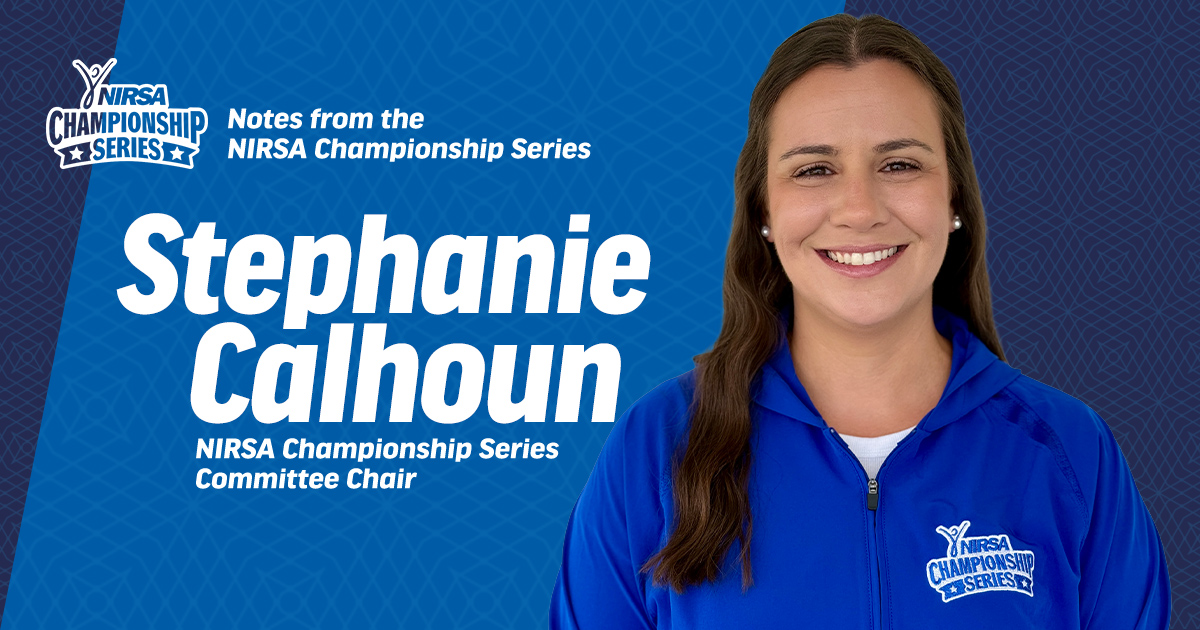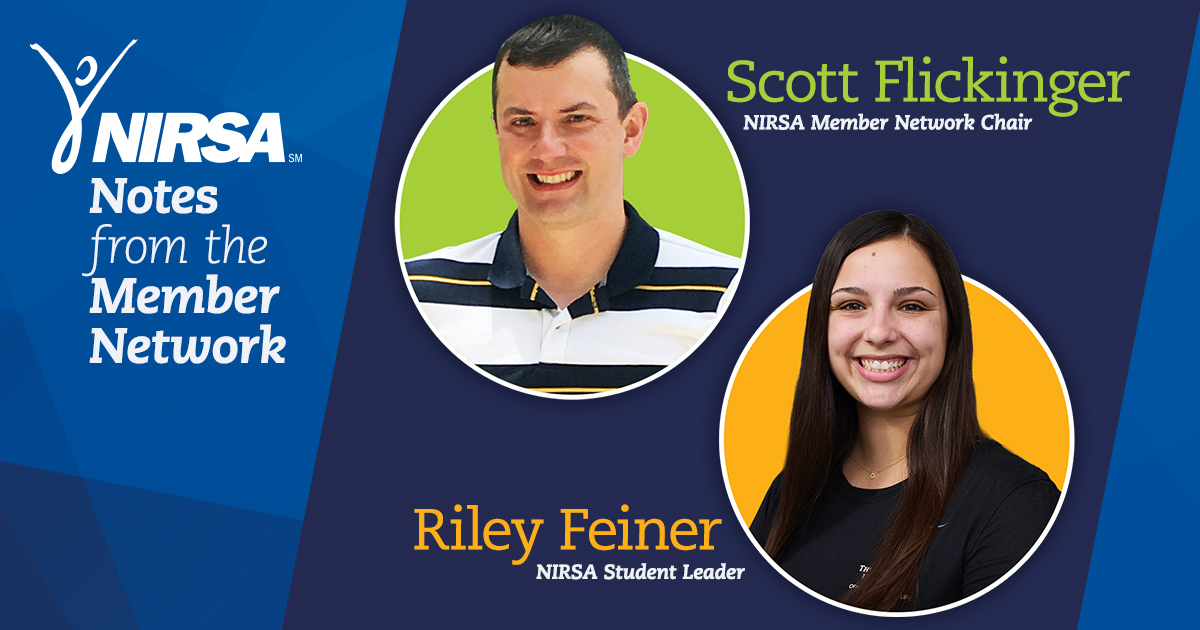As we say goodbye to summer and gear up for the fall semester, we’re once again faced with the challenge of how to foster a culture of wellbeing across our campuses.
This upcoming academic year brings an opportunity for us to focus on the first-year experience, so now is the time to explore new strategies we can use as recreation professionals to support student success. The Wellbeing Briefing Work Group is sharing our top 10 tips that will hopefully help guide and empower you in supporting the wellbeing of first-year students on your campus.
- Cultivate a strong sense of community to help prevent feelings of isolation. Research has found that involvement in extracurricular activities can improve students’ feelings of belonging, which can boost their wellbeing. Focus your beginning of semester programs on community and belonging. Connect students within their sense of selves individually and as groups.
- Create intentional initiatives and spaces targeted at underrepresented students to proactively eliminate barriers to engagement for those whose identity groups have been historically minoritized.
- Consider a research-backed allocation of resources to ensure the most efficient distribution of people and funds that creates the highest return on resource investment. Focus on collaboration with various departments to better identify specific resource needs for your campus. For example, studies indicate that financial pressures can adversely affect a student’s wellbeing. Partner with your campus’ career center to help students find a job and/or financial aid office to host a workshop to educate them about financial wellbeing.
- Facilitate opportunities to build community among your first-year and new student staff and your veteran team members. Consider developing a peer mentorship program between staff or organizing social gatherings beyond the work schedule to foster connection.
- Host an open house at your recreation facility to showcase all programs and services that are being offered during the fall semester. Consider offering private “by appointment” orientations or “office hours” for new students to ask questions in a more intimate environment like a less overwhelming group.
- Pilot innovative marketing strategies to get the word out about your programs to first-year students, i.e., first-year newsletters, first-year residential programs, “Living & Learning Communities,” or digital tools such as Discord and Webex groups, etc.
- Utilize and promote official, school-sponsored social media accounts to highlight and connect students to additional wellbeing resources.
- Build relationships with students by seeking out opportunities to connect in a variety of environments including academics (present employment opportunities); housing (floor programs); clubs/organizations (serve as an advisor); athletes (connect with student-athlete development departments); and student leadership (attend student government meetings).
- Consider different avenues to facilitate participant communication with and connection to the physical environment (i.e., create conversation starters for participants at the start of a program like a first-year orientation or adventure trips).
- Support common wellbeing language on campus with your campus’ first-year experience to provide wellbeing education and resources.
Whatever you do to support the wellbeing of first-year students on your campus this fall, remember that you have the potential to make an impact on their academic success, their sense of belonging, their physical health, and their mental wellbeing. You’ll also be supporting your school by helping with recruitment and retention and by fostering diversity and inclusion.
- For more information, please contact a member of the NIRSA Wellbeing Briefing Work Group.
The Wellbeing Briefing Work Group works in conjunction with the NIRSA Health & Wellbeing Task Force. The work group is responsible for putting together the Wellbeing Briefing and currently includes Lindsay Brookey (Co-chair), Assistant Director, Fitness at North Carolina State University, Lisa Williamson (Co-chair), Associate Director for Fitness, Well-being & Student Engagement at the University of Georgia, Lauren Arnoff, Assistant Director of Campus Recreation and Wellness at Rensselaer Polytechnic Institute, Leah Bank, Senior Coordinator, Fitness and Wellness at California State University, Bakersfield, Agnelia “Tiffany” Hernandez, Coordinator of Assessment at Texas Southmost College, Muriel Hyndman, Fitness Coordinator at Iowa State University, Trey Knight, Assistant Director, Student Aquatic Center & Outdoor Pursuits at the University of Knoxville, Jake Minnis, Assistant Director of Fitness & Wellness at the University of Arizona, and Kristin Traskie, Interim Associate Director of Health Promotion at Michigan State University.





